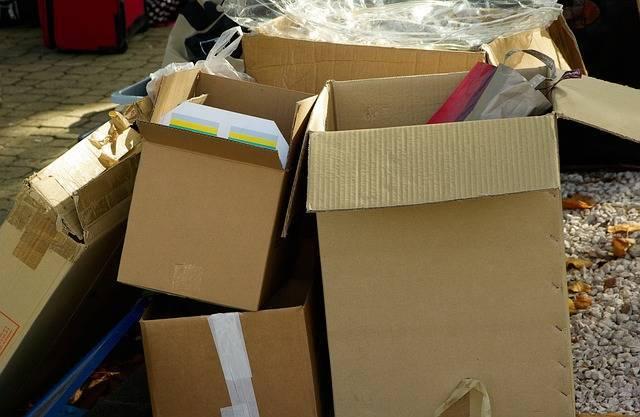
By Ian Lifshitz
Year after year, the craziness of the holiday shopping season draws Americans and their wallets back in. This year, American consumers say they will spend an average of $967.13 on holiday gifts – a 3.4 percent increase from last year. Of those purchases, chances are high that many will be not be purchased in a brick-and-mortar store, but online.
While 86 percent of Americans buy gifts for friends and family as part of celebrating Christmas, nearly a quarter feel wasteful when thinking about buying and receiving gifts. Furthermore, according to a survey by Asia Pulp & Paper, packaging waste, specifically, is considered an important issue by half (51 percent) of all Americans.
And it’s not just gifts for friends and family that will be shipped. Americans will turn to digital channels to order decorations and household goods, like faux Christmas trees and holiday dinnerware directly to their homes and offices, and even ship beverages and groceries to their homes to avoid crowded grocery stores.
With increased gift spending and waste top of mind this holiday season, consumers and retailers alike should consider the waste involved when someone chooses to “click and ship.”
What should retailers consider when packaging an increasing number of consumer goods and groceries this season?
Since customers are the heart of every business, successful companies keep their preferences and expectations top of mind. When it comes to e-commerce, an important area to look at is packaging.
More than half of all consumers (52 percent) agree that the packaging of delivery items is often much larger than the item itself, according to Asia Pulp & Paper’s 2017 Paper & Packaging Consumer Trends Report. Furthermore, 48 percent of consumers said that stores need to be a better job of sending delivery items in packaging that better fits the product’s size and reduces waste. To reduce end users’ worries, retailers can look closely at the logistics of shipping. Are they grouping multiple items in one order or sending out in several boxes? And how closely are they monitoring the way items are packaged to ensure the box is the right size for the order?
Four in 10 consumers (41 percent) also believe in the importance of using sustainable, recyclable, or environmentally friendly packaging for delivery items. This means retailers should ensure their packaging materials are sustainably sourced and certified.
Beyond being environmentally friendly, at the end of the day packaging has a job to do. It needs to be functional and protect goods that are being delivered. During the holiday season, many consumers ship gifts cross country to friends and family they may not get to see in person. Broken goods, beat up boxes and spoiled grocery deliveries ultimately hurt a brand’s bottom line – besides having to replace the product, the experience can unintentionally wound customer loyalty.
Knowing that functional yet sustainably sourced packaging is important to consumers, brands face a unique challenge not just during the holiday season, but year-round. Knowing what customers want and expect when it comes to e-commerce packaging can help put retailers one step ahead in the arms race to win over online holiday shoppers’ business.
Ian Lifshitz is Vice President of Sustainability & Stakeholder Relations, The Americas, Asia Pulp & Paper Group.
TriplePundit has published articles from over 1000 contributors. If you'd like to be a guest author, please get in touch!














